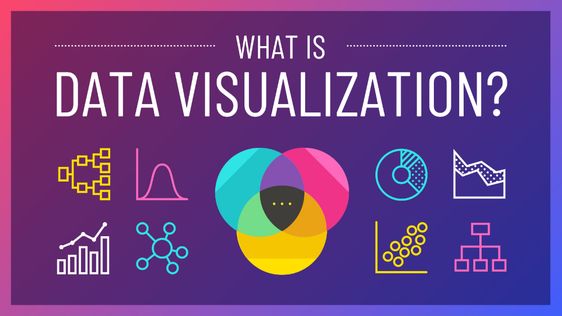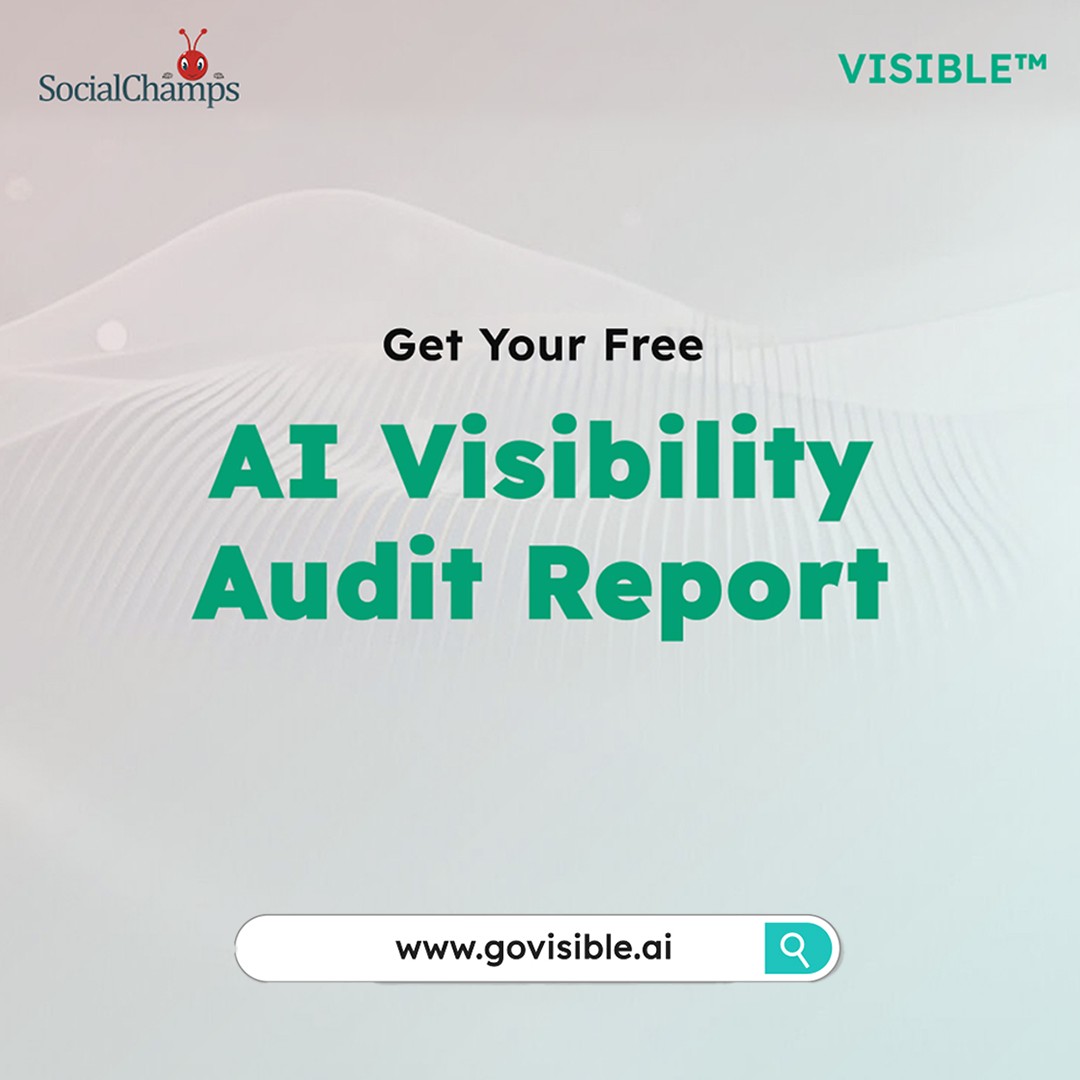Are you looking to create stunning visualizations for your business data with Looker Studio? Data visualization is a crucial aspect of business intelligence, as it enables you to present complex information in an easily understandable way. Looker Studio Analytics is a powerful data analytics tool that offers a wide range of visualization options to help you gain deeper insights into your business data. If you’re new to Looker Studio, our Beginner’s Guide provides a step-by-step introduction to getting started with the platform.
In this guide, we’ll share some best practices for data visualization with Looker Studio to help you make the most of this powerful tool. Understanding how to create effective visualizations is key to tracking performance and making data-driven decisions.
-
Choose the Right Visualization Type
One of the most important decisions when creating a data visualization is choosing the right type of chart or graph. Looker Studio offers a wide range of visualization options, including bar charts, line charts, scatter plots, and heatmaps, to name just a few. It’s important to select the visualization type that best fits your data and the story you want to tell.
For example, if you’re looking to compare values across different categories, a bar chart may be the most effective option. If you want to show how values change over time, a line chart may be a better fit. By choosing the right visualization type, you can make your data more engaging and help your audience understand the insights more easily.
-
Keep It Simple
While it can be tempting to create complex visualizations with lots of data points and colors, simplicity is often the best approach. A cluttered visualization can be overwhelming and make it difficult for the audience to understand the insights you’re presenting. Instead, aim to keep your visualizations clean and simple, highlighting the most important data points and minimizing distractions.
-
Use Color Effectively
Color can be a powerful tool in data visualization, but it should be used judiciously. Use color to highlight key data points or to differentiate between different categories, but be careful not to overuse it. Too many colors can be distracting and make it difficult to see patterns in the data.
-
Make It Interactive
Looker Studio offers a range of interactive features that can help your audience engage with your data. For example, you can add filters that allow users to drill down into specific data subsets or select different visualizations to compare different data sets. Adding interactive features can help make your data more engaging and help your audience gain deeper insights into the data.
-
Keep Your Audience in Mind
Finally, it’s essential to keep your audience in mind when creating data visualizations. Who will be using the data? What are their goals and priorities? By understanding your audience, you can create visualizations that are tailored to their needs and help them make more informed decisions.
Conclusion
Data visualization is a crucial part of business intelligence, and Looker Studio offers a wide range of powerful visualization tools to help you gain insights from your data. By following these best practices, you can create compelling and effective visualizations that help your audience understand the insights and make more informed decisions. Keep these tips in mind as you explore Looker Studio’s visualization options, and don’t be afraid to experiment and try new things to find the approach that works best for your business.
If you need expert assistance in setting up and optimizing your reports, explore our Looker Studio Services to get professional support tailored to your business needs.





0 Comments